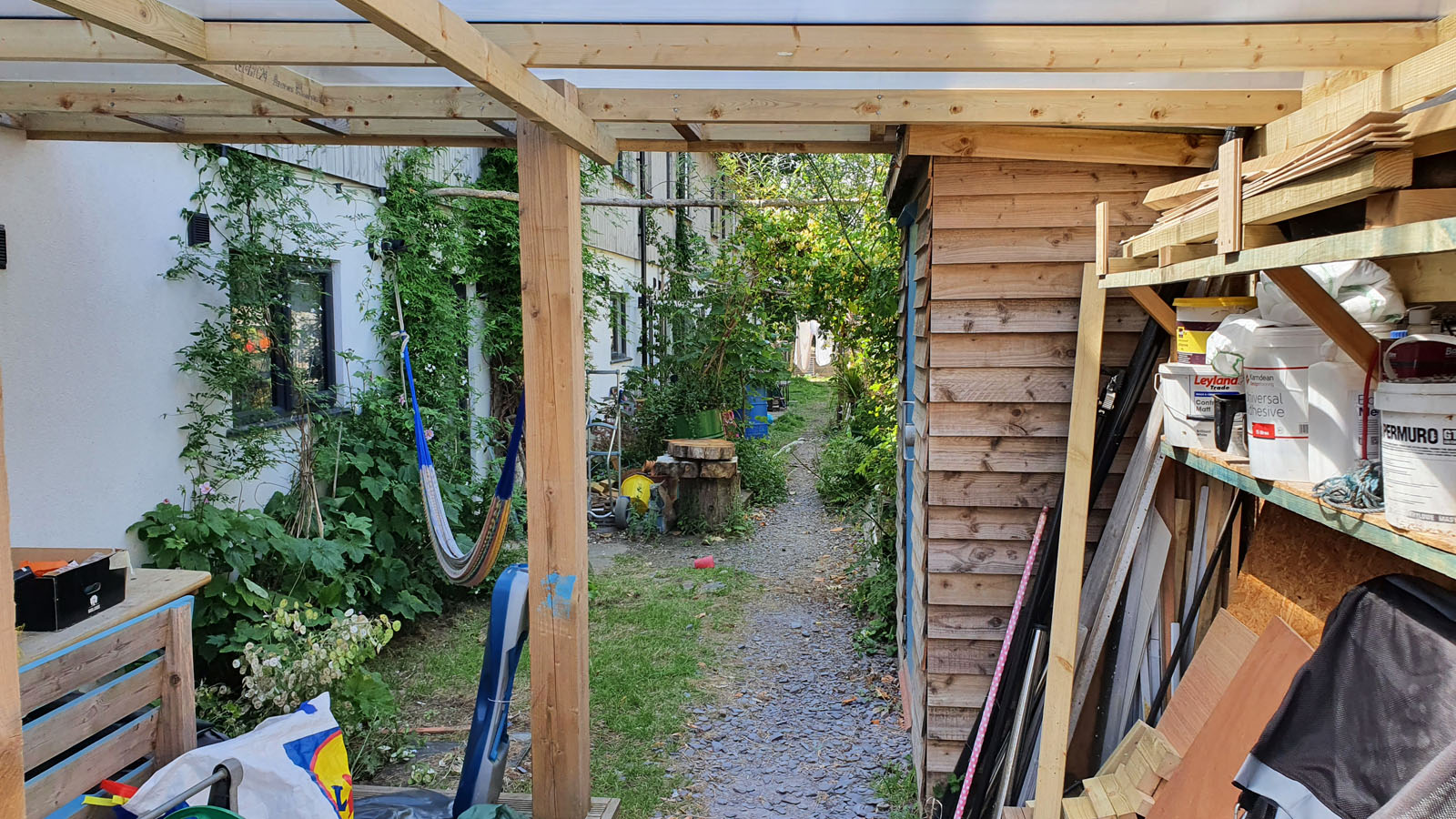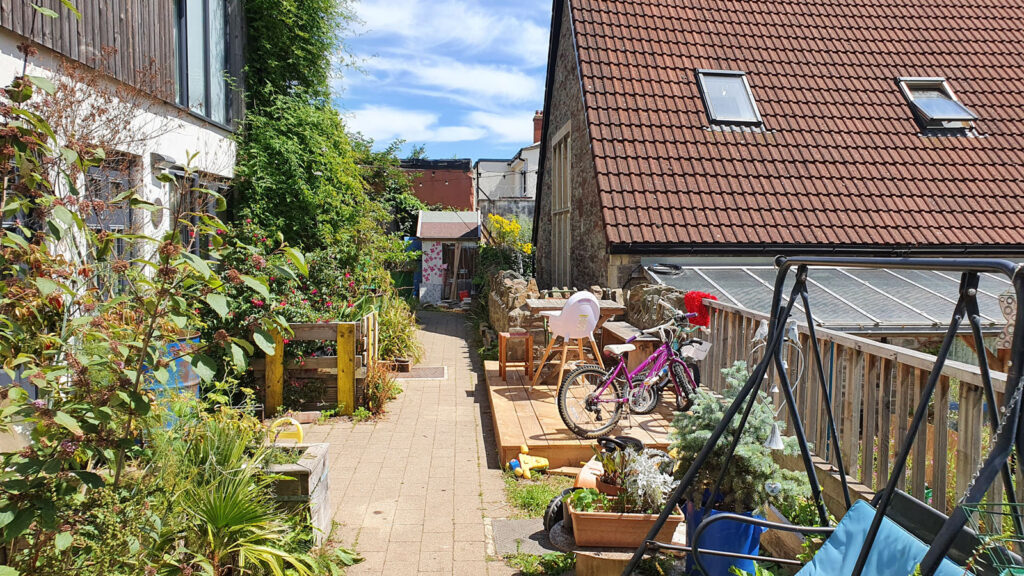The RTPI London podcast on community led housing is finally out.
Our director, Levent Kerimol, was talking to Lubaina Mirza with Oliver Bulleid from London CLT, back in November. It was heartening to see several ideas on planning policy finding their way into the recent National Planning Policy Framework consultation.
Fast forward to 19 minutes below for our ideas on:
- percentage inclusion policies for CLH on larger sites/schemes,
- community-led exception sites, and
- greater flexibility in planning decisions around allocations, affordable tenures and whether these need Registered Providers.
We have have contributed to the CLT Network’s NPPF response and will be submitting a similar response focusing on London and urban areas.
 There was no ‘common house’ or ‘intentional community’, but this looked and felt like intergenerational cohousing. The shady rear gardens also lacked fences. An informal path ran across and linked back doors where fences would have been. Individual and common spaces were blurred throughout the scheme, and reinforced our theory that
There was no ‘common house’ or ‘intentional community’, but this looked and felt like intergenerational cohousing. The shady rear gardens also lacked fences. An informal path ran across and linked back doors where fences would have been. Individual and common spaces were blurred throughout the scheme, and reinforced our theory that 